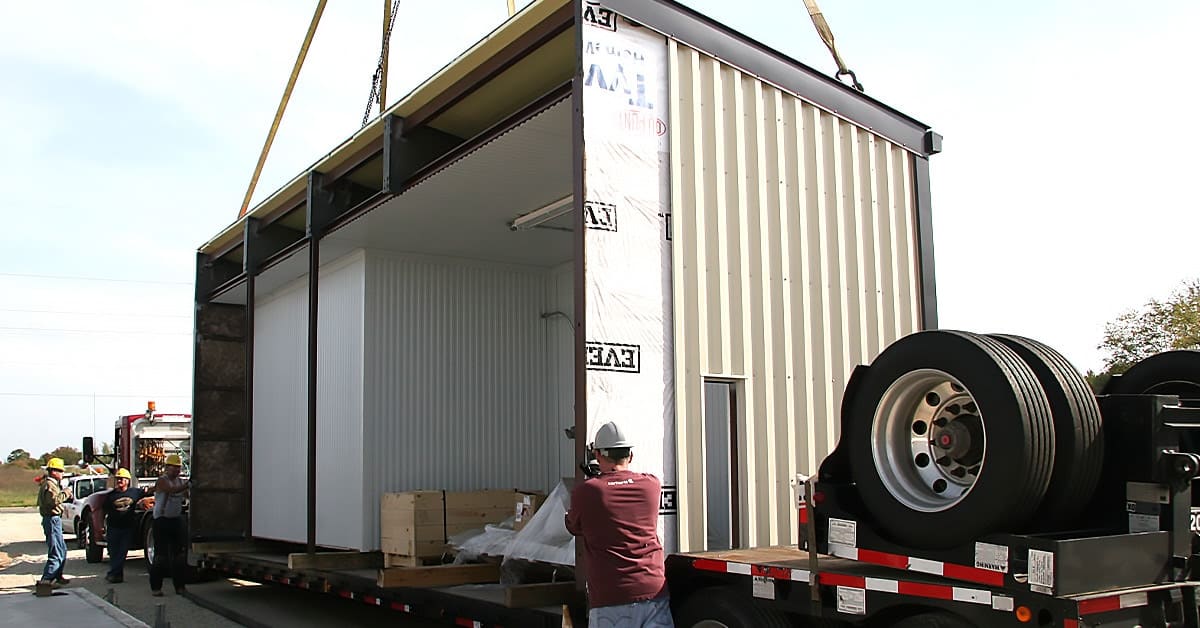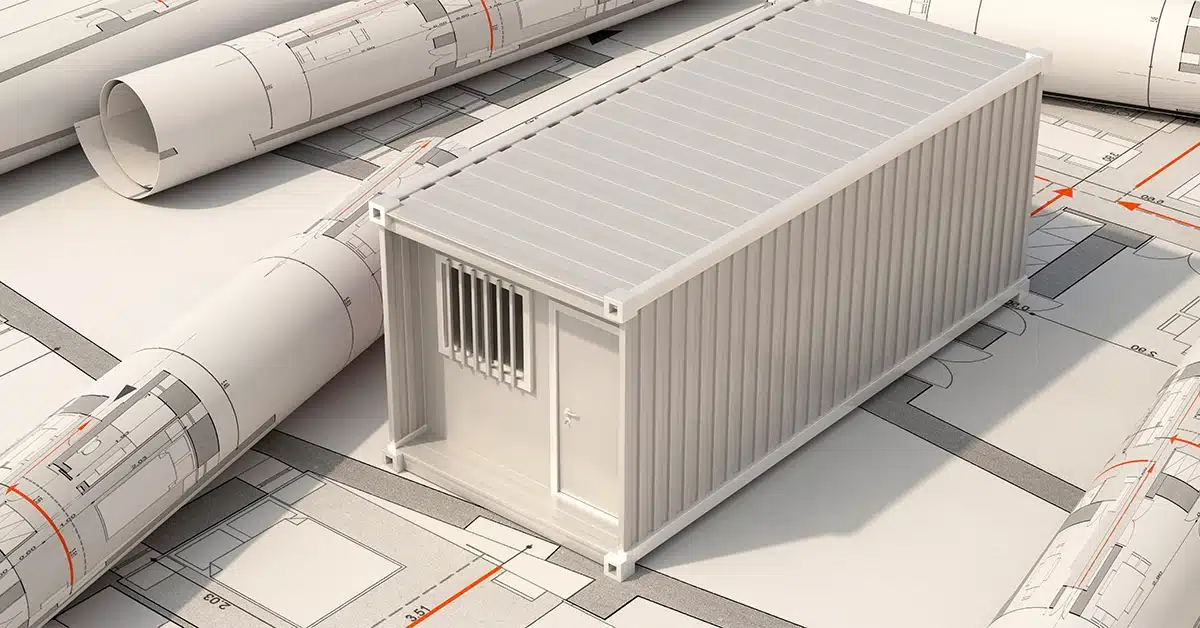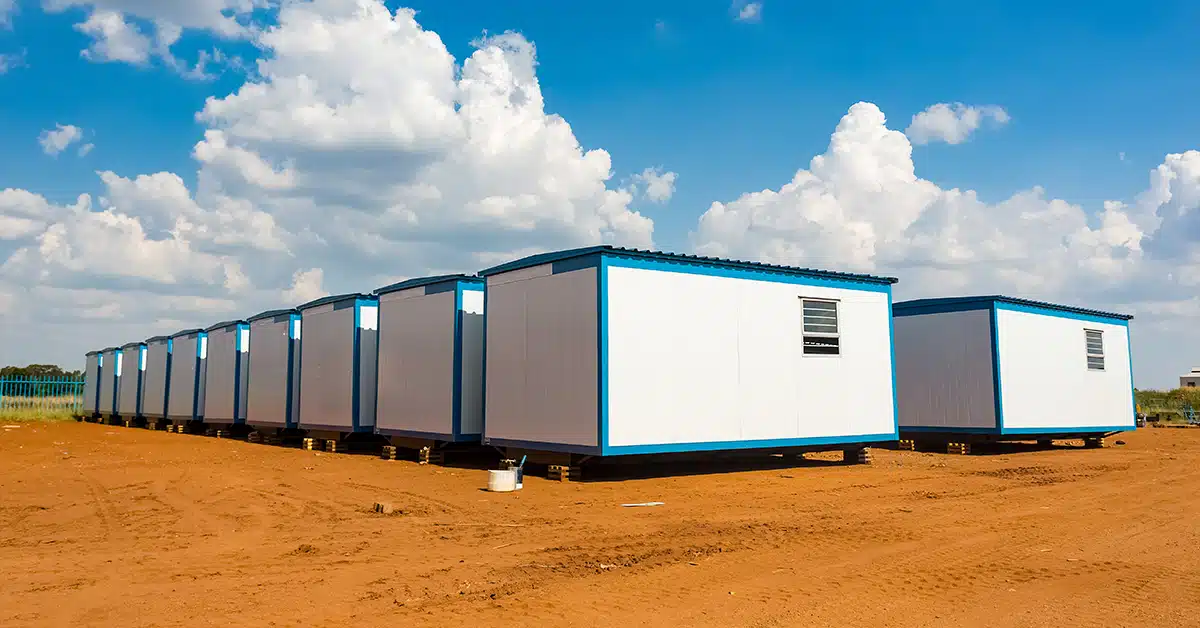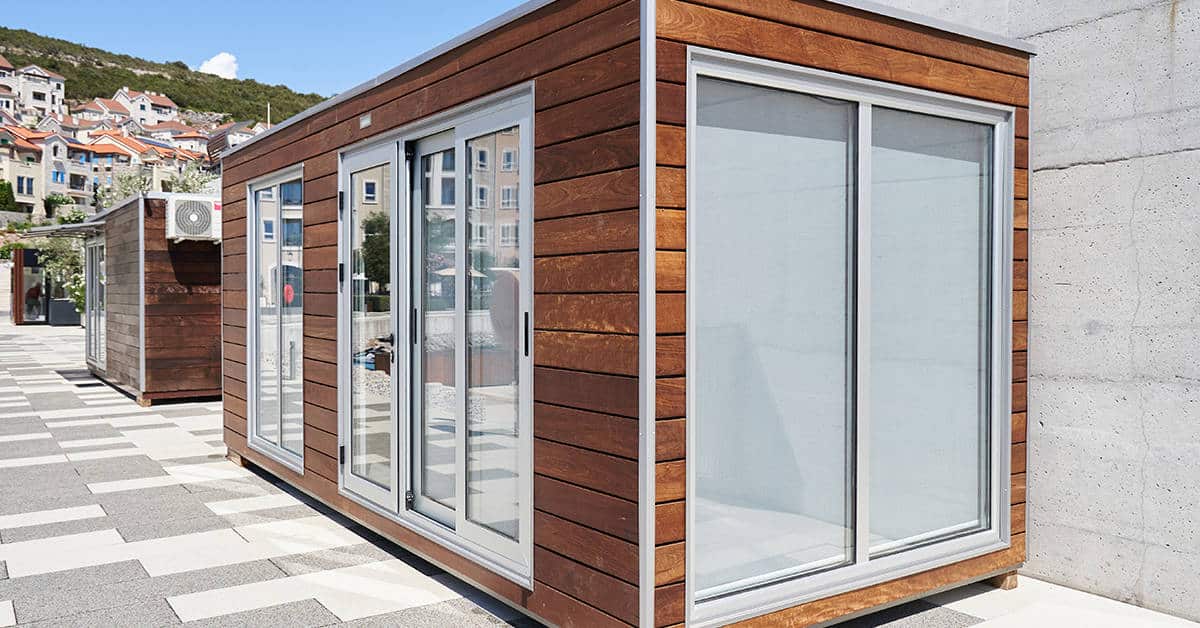Are you looking to improve quality control at your next worksite?
Fed up with the headaches of inefficiency and poor communication?
We have an answer.
Modular buildings are the way of the future for large construction groups and developers. In a very short period of time, highly efficient operations carry out at scale using these materials.
If you want to know how modular buildings can improve efficiency and quality control, read on. We will walk you through all of the advantages of using modular construction to improve your end product.
Quality Control Is Cost-Effective
One of the major benefits of being able to manufacture components on another site is improving quality control. Off-site construction allows builders to meet manufacturer standards in a controlled setting.

What this really means is cost savings for builders. There are fewer defects that occur with modular buildings. A team can be more efficient and build larger structures by not having to chase down the cause of errors.
Modular buildings assemble primarily in a manufacturing plant. Thorough quality testing takes place in this environment.
There is also the ability to track down irregular components or variables before construction takes place at scale. This way, a poor quality product almost never makes it to the worksite.
Builders love getting it right the first time because it is cost-effective and saves them time.
Quality Control and Safety
Improved quality control also improves safety. Because employees are working within a manufacturing plant that is a safe environment, there is less risk of injury.

Improved quality control also improves safety. Because employees are working within a manufacturing plant that is a safe environment, there is less risk of injury.
Additionally, safety at the worksite is also enhanced. There can be fewer people at the worksite constructing modular units. This equates to fewer scattered materials and less construction traffic. This translates to an overall safer installation with better safety practices in place.
Finally, modular construction improves safety for the general population. If construction is occurring in a high-traffic area, builders do not have to take up additional space storing the materials. Therefore, they do not disrupt pedestrian traffic and keep bystanders safe.
Modular units can be especially effective when employed for bridge construction. The very large arches of a bridge can be put together far from the worksite and casting yard. This is a far more controlled environment that leads to greater safety for workers.
It also helps bridge construction companies. They can assemble materials themselves without hiring an outside company. This can stack up to tremendous cost savings.
Inspecting Materials Off-Site
Because modular units assemble off-site, builders can avoid the threat of inclement weather. Bad weather can break down building materials before the construction has been completed.

The Modular Building Institute has studied the effect of modular buildings on air quality. They found that the more moisture there is in framing materials, the more problems relating to indoor air quality occur.
Because of the fact that modular buildings are produced indoors in a factory setting, the materials are dry. This helps to avoid many of the negative consequences of poor air quality associated with other types of building materials.
Using Checklists
Factories that put together modular buildings have very strict programs for quality control. State governments mandate this. These companies get approval and authorization before producing any units or buildings.

QC officials scrutinize the project regularly. Modular building companies maintain QC specialists who are available around the clock. These agents ensure operations are proceeding as planned.
The end result is that modular buildings have to meet strict local and state legislation. All regulations and building codes are observed. Additionally, quality control oversees transportation to the worksite.
High Efficiency
Every team worksite that is using modular units has a clear designated goal. Collaboration between teams is not needed as frequently. Plans have already been in place to hit the ground running once materials arrive.

It may sound negative that teams do not need to communicate as frequently with each other. But this simply isn’t the case for seasoned professionals.
What it does is reduce wasted time in which one team is waiting for another. Instead, each team can accomplish its task simultaneously. This drastically improves the efficiency of the entire project.
Usually, there is very minimal waste. Project design occurs well in advance. Every modular unit will be planned and accounted for during construction.
Testing To Ensure Quality
The only way to truly guarantee the quality of a product is to test it. In the factory, modular buildings go through rigorous testing designs in an array of conditions. This quality testing is often approved by third parties or state-sponsored agents.

Improved Communication
If various project teams are losing time due to communication, profitability decreases for a project. Modular construction greatly reduces communication errors and waste. Several teams meet at one specific location at the factory. They can organize plans as one unit, and proceed with construction without hesitation.

Are Modular Buildings Right For You?
Modular building design is taking the construction industry by storm. The cost-benefit analysis on using these pre-packaged materials is a no-brainer. Off-site assembly just makes everything simpler.
Best of all, you can assure your client of a safe and effective final product. Modular units allow for greater confidence in quality control.
If you are considering a modular construction project as your next build, we are here to support you. Please contact us today to request more information about modular buildings and materials.






